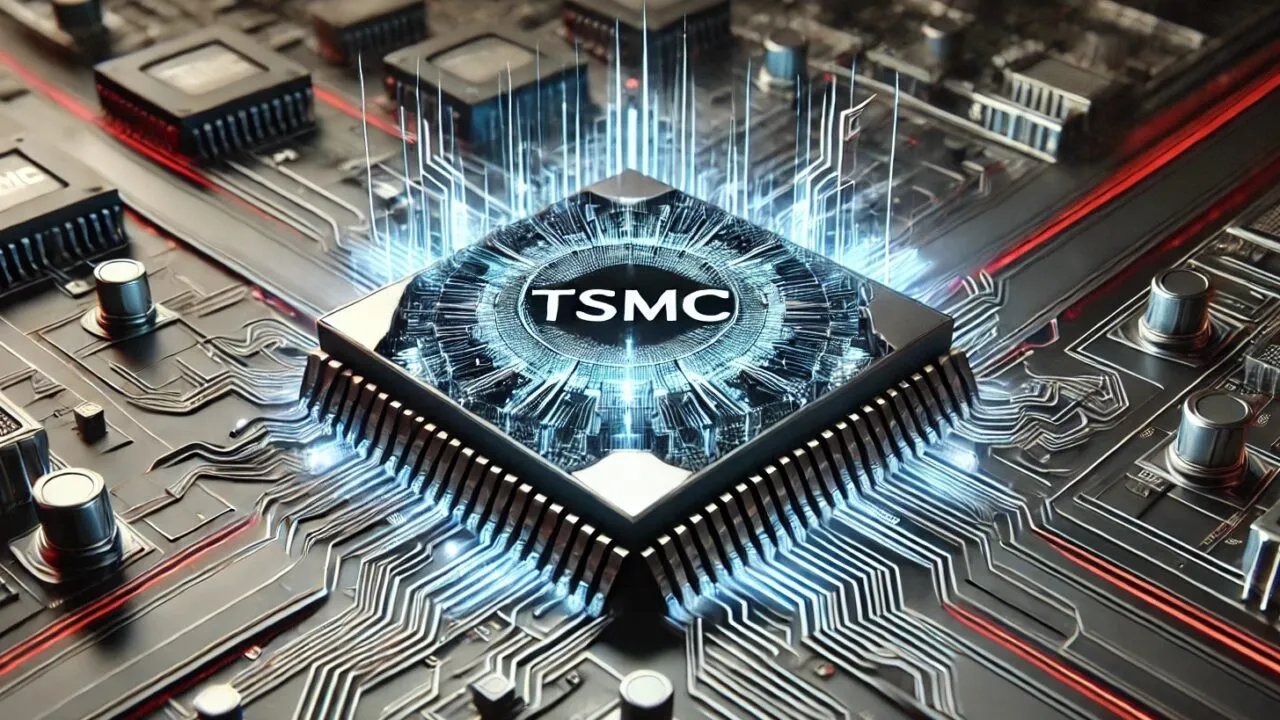The U.S. is turning up the pressure on Chinese chip production, and TSMC is squarely in the crosshairs. The government has revoked a special export waiver that let the Taiwanese chip giant ship advanced U.S. manufacturing tools to its plant in Nanjing, China, effective December 31.
TSMC and rivals lose VEU privileges in China

Alongside TSMC, South Korea’s Samsung and SK Hynix also lost their Validated End User (VEU) status last week. This designation had let the companies bypass individual export licenses for certain U.S.-made tools. Now, all three will need specific approvals just to maintain existing operations in China.
According to the U.S. Commerce Department, the change aims to shut down a policy loophole that allowed advanced tech to flow into China’s chipmaking sector under prior administrations.
U.S. policy aims to limit TSMC’s expansion in China
While TSMC can still operate its Nanjing plant, it won’t be allowed to expand capacity or upgrade its technology without new U.S. licenses licenses the government doesn’t plan to grant. This shift marks a strong signal that Washington intends to halt further semiconductor development inside China, even from non-Chinese companies.
Brady Wang of Counterpoint Research says this reflects a broader U.S. strategy to curb China’s chip ambitions by tightening control over who can send what, and where.
Financial impact on TSMC appears minimal
Despite the change, TSMC expects little financial damage. Its Nanjing fab contributes less than 3% to overall revenue and plays a minor role in the company’s global output. Still, the move reinforces how fragile overseas operations can become under shifting policy pressure.
Key takeaways from the U.S. chip restrictions
The move underscores several major goals:
- Limit China’s access to U.S.-origin chip tools
- Prevent the expansion of advanced manufacturing in China
- Push global firms like TSMC to invest in U.S.-based fabs
- Close loopholes in prior export control frameworks
TSMC, SK Hynix, and Samsung have already committed to building new U.S. plants this year. With this latest policy turn, those projects may now carry more strategic weight than ever.














